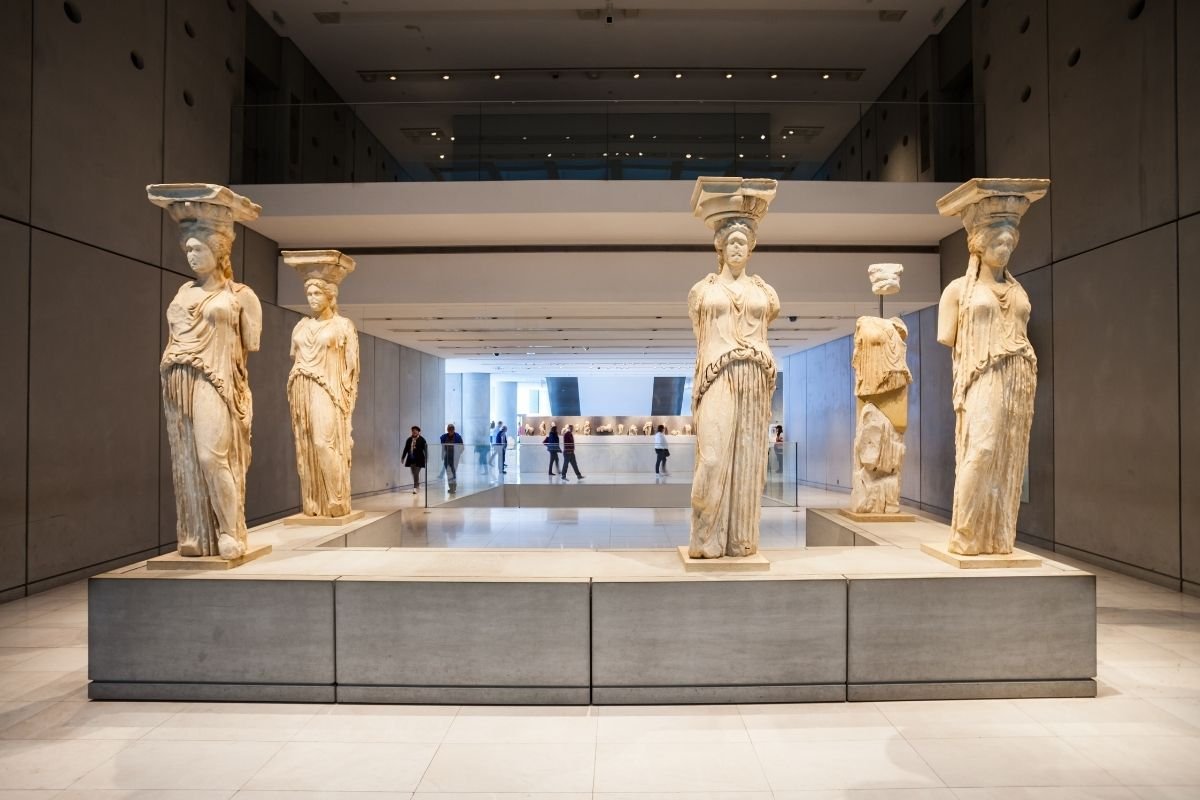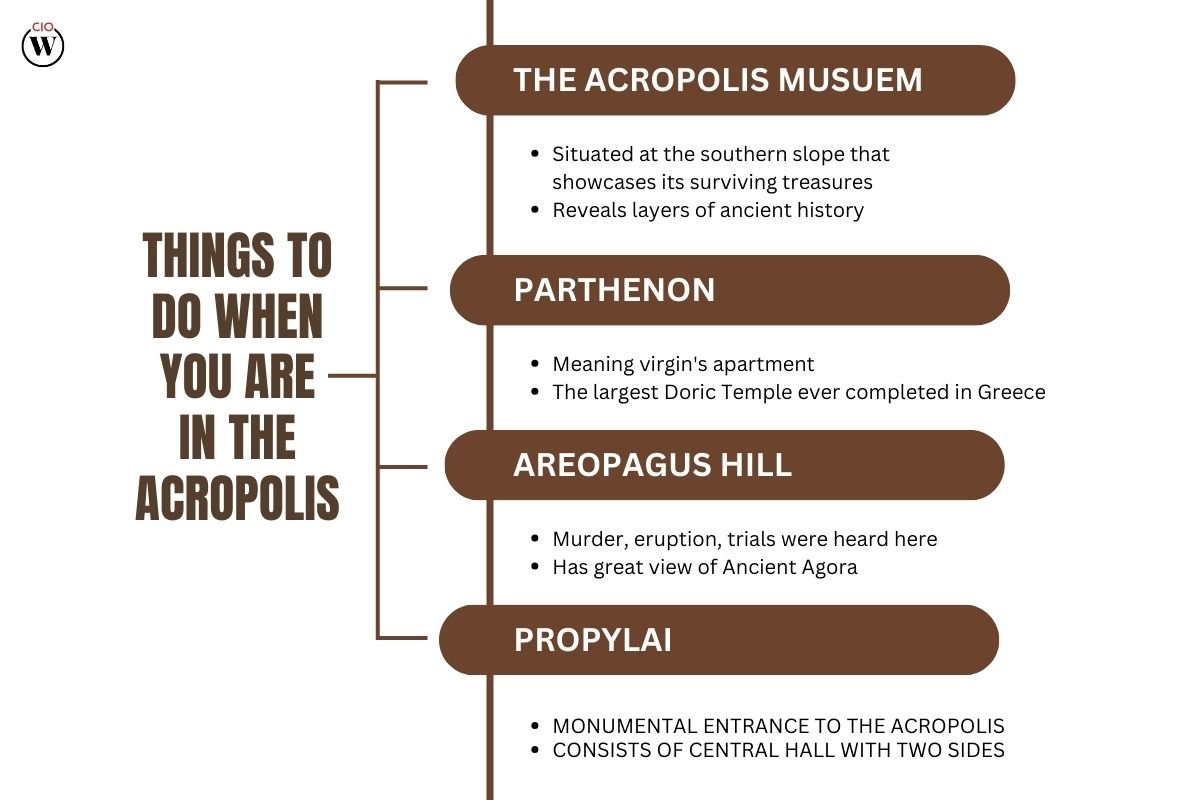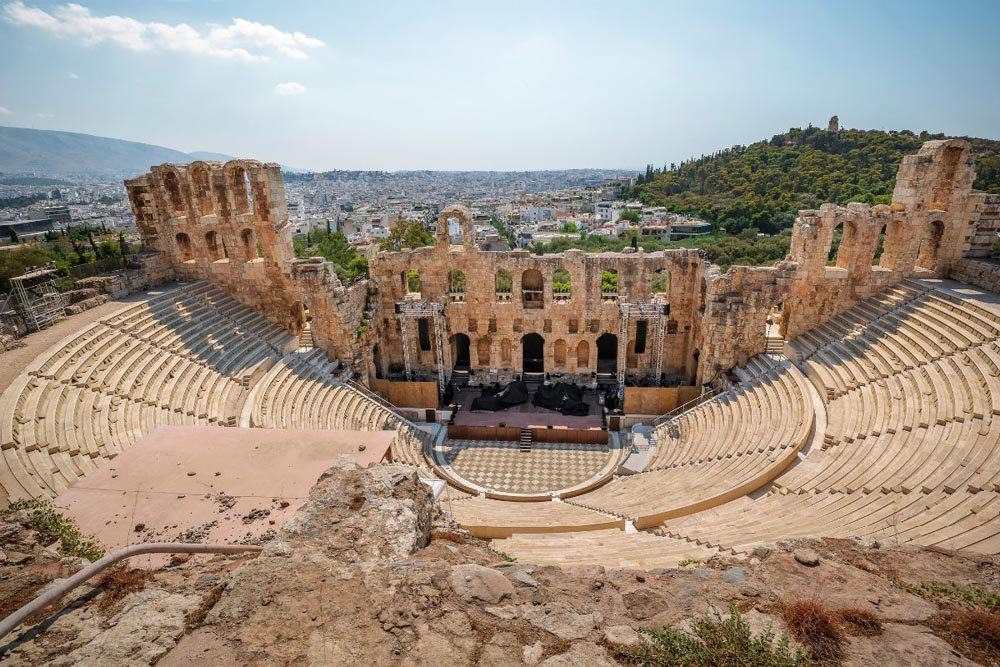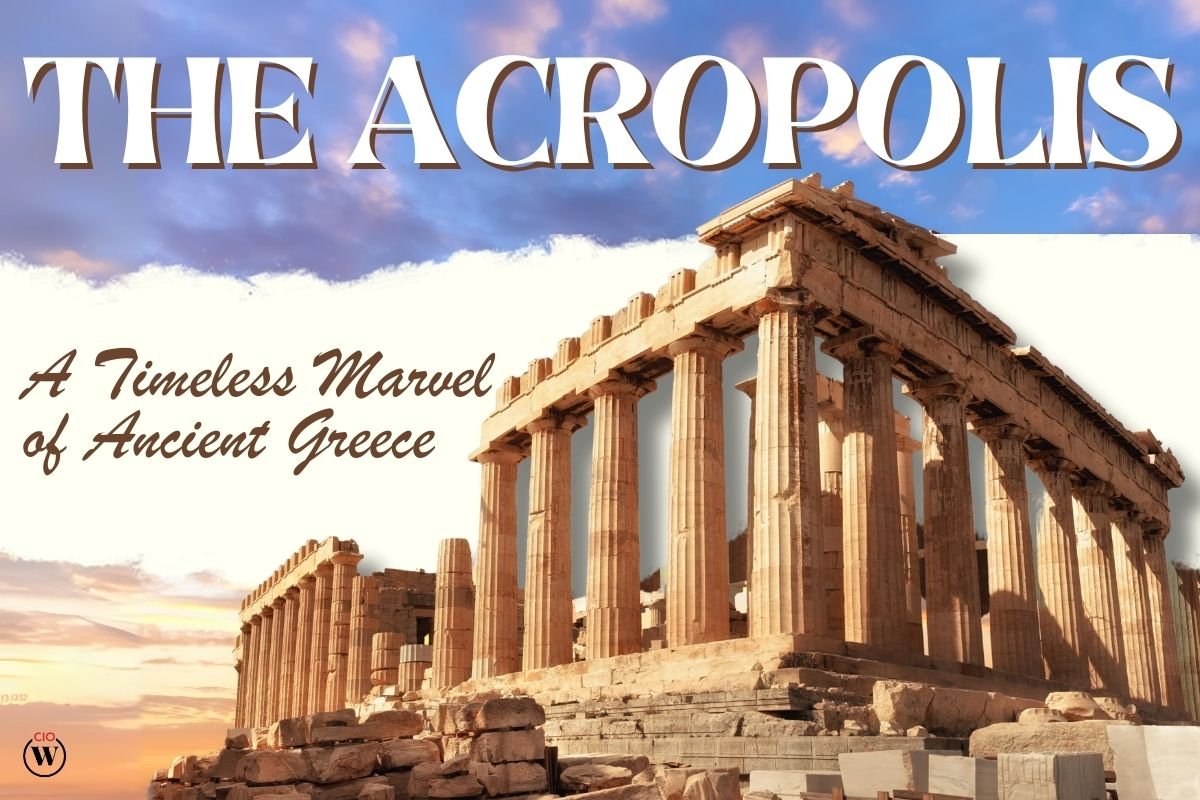The Acropolis, an iconic symbol of ancient Greece, stands proudly atop a rocky outcrop in the heart of Athens, transcending time and serving as a testament to the ingenuity and architectural prowess of its builders. This monumental citadel, perched high above the city, has not only weathered the physical challenges of millennia but has also etched itself indelibly into the cultural and historical tapestry of human civilization. In this article, you will read in detail about the monument and understand few mind-blowing facts regarding the same.
What is the Acropolis of Athens?
It is referred to as the highest point within a city. Many ancient Greek cities had their own Acropolis which was used as a citadel on top of the hill. In the classical Greek Era, it was considered a sacred place devoted to the patron Goddess, Athena, and other local heroes. It was at the center of Athen’s religious life for many centuries and became one of the most famous ones during the third century BCE. Athenians defeated the Persians and led the union of Greek city-states which was challenging in the Spartan hegemony of Greece.
Pericles, one of the prominent politicians of his period firmly promoted the idea of the new Acropolis. It would make Athens a city of uncontested greatness and beauty. Athenians completely reshaped the rock of the Acropolis into a place of wonders after spending a legendary amount of money. The famous Parthenon of the Acropolis, the temple of Athena Parthenos, was built at that time along with a series of buildings like the Erechtheion and the Propylaea.
A UNESCO World Heritage Site
In 1987, the Acropolis was inscribed as a UNESCO World Heritage Site, recognizing its outstanding universal value. Its inclusion in this prestigious list underscores its significance not only to Greece but to humanity as a whole. The monument continues to attract millions of visitors each year, drawn by its historical richness, architectural splendor, and cultural importance.
Educational and Cultural Hub

Beyond its role as a tourist attraction, the Acropolis has become an educational and cultural hub. The Acropolis Museum, inaugurated in 2009, showcases artifacts from the site, including those from the Elgin Marbles. This modern museum provides visitors with a deeper understanding of the historical and cultural context surrounding the monument.
Cultural Significance
Religious Sanctuary: The Acropolis was not used to be a political and administrative center. It was a sacred sanctuary dedicated to various deities of the city. Worshipped as a temple and a treasury, the Parthenon showcased the wealth and power of Athenians. Pilgrims and devotees would ascend the rocky slopes to offer prayers and participate in religious festivals, creating a vibrant atmosphere of cultural and spiritual significance.
Symbol of Democracy: The Acropolis is intrinsically linked to the birth of democracy in Athens. Pericles, in a famous funeral oration, praised the virtues of Athenian democracy and highlighted the city’s cultural achievements, with the monument serving as the embodiment of these ideals. The democratic governance of Athens left an indelible mark on Western political thought, influencing the development of modern democracies.
Historical Transformations
Roman and Byzantine Periods: The Acropolis underwent modifications to suit the tastes of its conquers as the Roman Empire started expanding its influence. Thereafter, the Parthenon was converted into a Christian church that was dedicated to the Virgin Mary during the Byzantine period. The subsequent centuries witnessed further transformations, with the monument serving various purposes under different rulers.

Ottoman Rule and the Venetian Siege: During the Ottoman era, the Acropolis endured turbulent times, and in the 17th century, the Venetians besieged Athens. It resulted in significant damage to the monument. The Parthenon, in particular, suffered as it was used as a gunpowder storage facility, leading to a catastrophic explosion. The subsequent centuries saw the monument in a state of decline, with neglect and misuse taking a toll on its grandeur.
5 Surprising Facts About The Acropolis that Might Catch You Off Guard
The Acropolis of Athens is the home to the Parthenon and a place filled with secrets, myths, and historical facts.
- The Acropolis Was Settled in Prehistoric Times
It became a significant center during the rise of the Mycenean Civilization. Its large cyclopean walls match the anaktoron palace in Mycenae and a settlement on the hill. These walls are also known as Pelasgian and can be seen after entering from the Propylaea. A well exists there which was dug during the times of siege.
- The Persians Razed the First Parthenon to the Ground
The Athenians decided to celebrate their win against the Persians in Marathon (490 BCE) by constructing a grand temple of Athena. Furthermore, they disassembled another temple, Hectambedos (which means a hundred feet). Later, the Persians refused to say the last word and in 480 BCE, King Xerxes I of Persia invaded Greece again. The Athenians decided to leave the city to beat the Persians into a naval battle and emerged victorious. However, they paid a high price.
- An Ancient Art Gallery Inside the Propylaea

The Propylaea is one of the most beautiful buildings of the Acropolis. They used to be a monumental entrance to the scared hills which were designed by an architect Mnesicles. The building was a [art of the construction program of Pericles and it took five years to finish it. The Propylaea were made out of high-quality local Pentelic marble and Elefsinian limestone for parts of the building. The art gallery was publicly available and it is one of the most interesting stories of all ancient monuments in the world.
- The Acropolis Was a Colourful Place
The Ancient Greek people loved color and their statues were of bright color combinations and the same thing continued in the case of their temples. The Greek Architecture was closer to today’s kitsch artwork because the ruins of classical antiquity were white. These colors were observed by the naked eye and the curators of the British Museum had found traces of pigment on the Parthenon marbles.
- The Caryatids Protect the Tomb of a Mythical King
The Caryatids of the Erechtheion were among the most elegant sculptures in the history of art. They combined elegance with function and stayed unique. Today, there are five out of six Caryatids exhibited as freestanding sculptures. However, they were originally serving as fancy columns at the Porch of the Maidens of the Erectheion. The Caryatids are the maidens of Carai which is a town located in the Southern area of Greece. The Caryai is exceptionally related to the Goddess of Artemis.
Things to do when you are in the Acropolis

Know Before You Go
Highlights of Your visit to the Acropolis:

- You can explore the Acropolis and take in the remnants of this ancient citadel.
- Capture stunning snapshots of the Athenian cityscape, and pay a visit to renowned temples like the Parthenon, Athena Nike, and Erechtheion.
- Witness the Odeon of Herodes Atticus, hailed as one of the world’s premier open-air theaters. Embark on your journey through this globally acclaimed landmark, delving into intriguing facts and stories about the Acropolis.
- Uncover the traditional Greek amphitheater of Dionysus and the UNESCO World Heritage Site of the Parthenon.
- Enhance your experience by upgrading your ticket to include a downloadable mobile audio guide, providing access to the Acropolis Museum showcasing artifacts linked to the Acropolis.
- Here’s a fascinating tidbit: The temple symbol featured on UNESCO’s logo represents the Parthenon.









